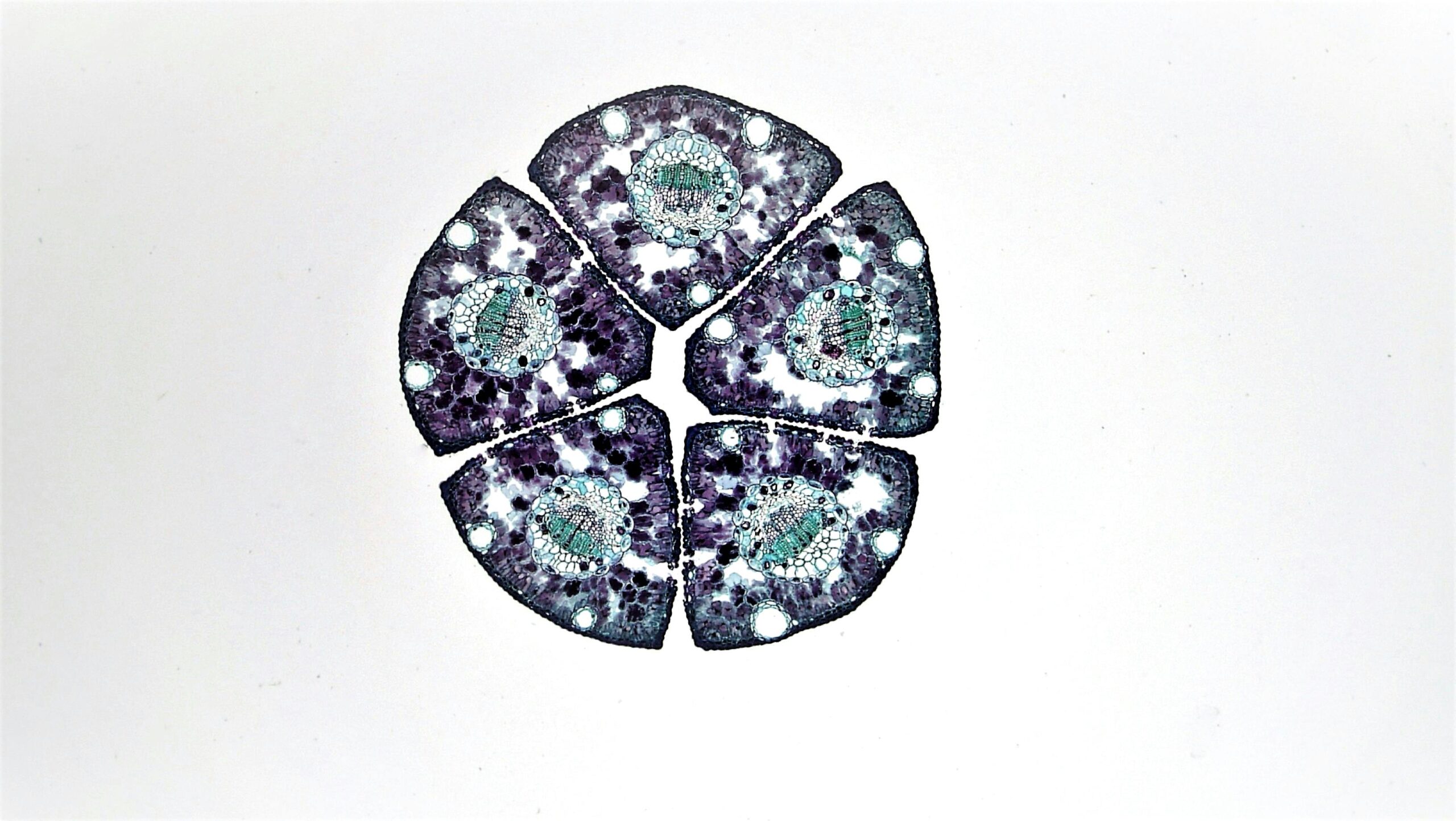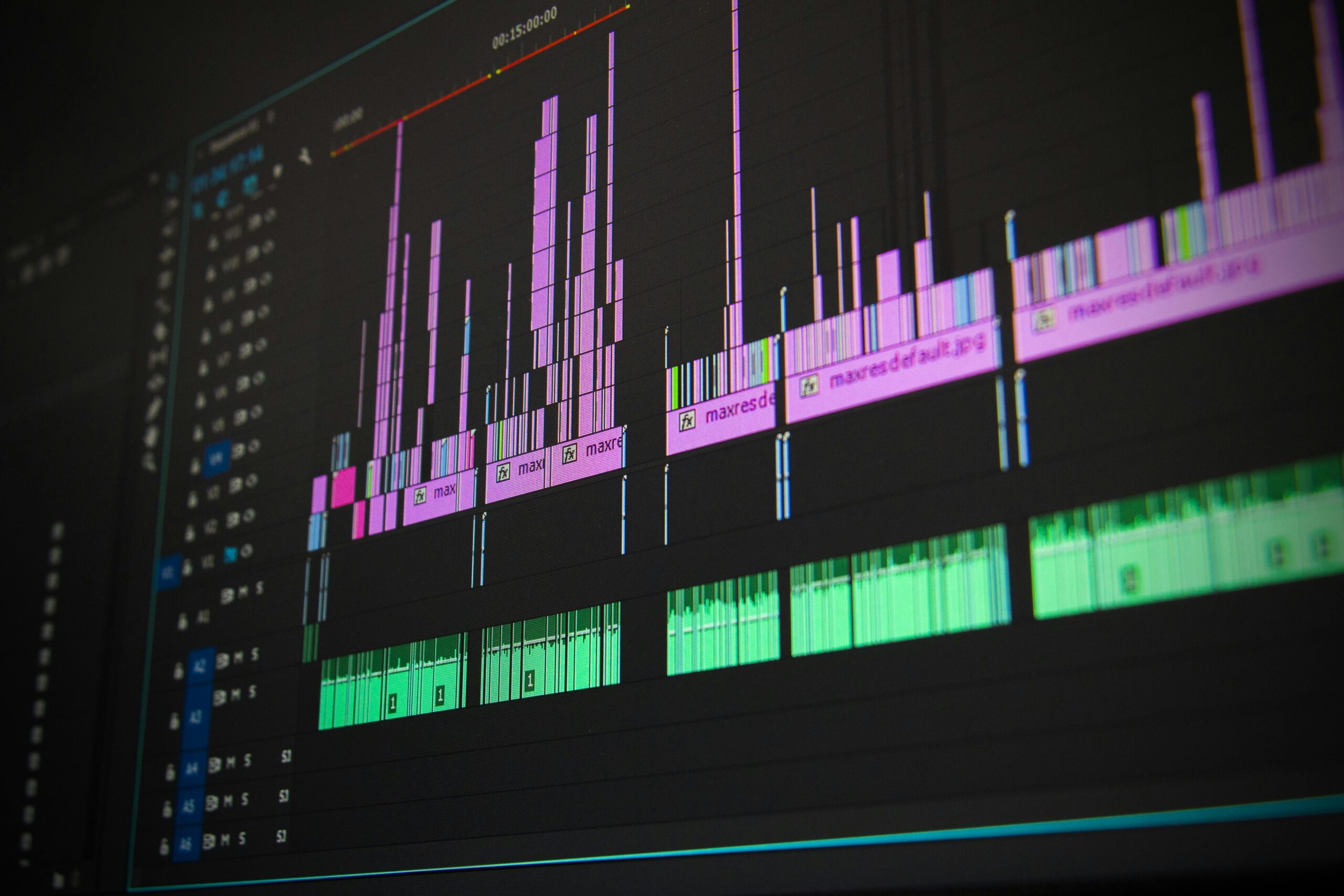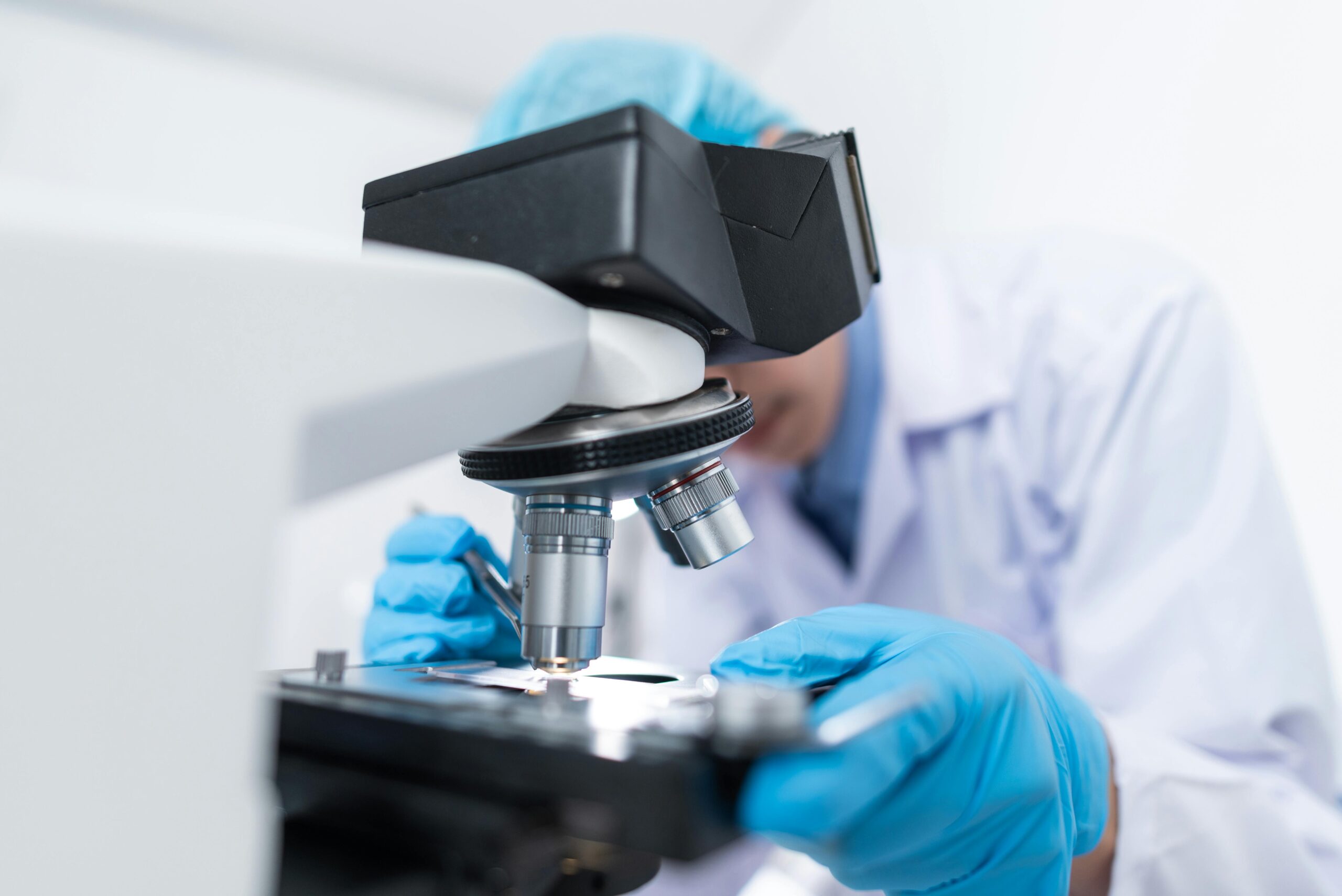The invisible world within our bodies holds extraordinary secrets that shape every aspect of our existence. Cellular microenvironments and extracellular matrices form the fundamental architecture supporting all life processes.
From the moment of conception to our final breath, these intricate biological structures orchestrate cellular behavior, tissue formation, and organ function. Understanding these microscopic landscapes has become crucial for advancing medicine, regenerative therapies, and our comprehension of human health. Scientists worldwide are now unlocking these secrets, revealing how the blueprint of life’s architecture determines everything from wound healing to cancer progression.
🔬 The Foundation: What Are Cellular Microenvironments?
Cellular microenvironments represent the immediate surroundings of cells, encompassing everything from neighboring cells to biochemical signals and physical structures. These dynamic spaces create unique conditions that profoundly influence cellular fate, behavior, and function. Think of them as personalized neighborhoods where each cell resides, complete with specific amenities, communication networks, and architectural features.
The microenvironment includes soluble factors like growth factors and cytokines, mechanical forces such as tension and compression, and the extracellular matrix itself. Together, these elements form a complex ecosystem that constantly exchanges information with cells, directing their activities with remarkable precision. This bidirectional communication ensures that cells respond appropriately to their surroundings, maintaining tissue homeostasis and enabling coordinated responses to injury or disease.
The Extracellular Matrix: Nature’s Sophisticated Scaffolding
The extracellular matrix (ECM) serves as the structural framework supporting cellular communities throughout the body. Composed primarily of proteins and polysaccharides, this intricate network provides much more than passive support. The ECM actively participates in cellular signaling, migration, and differentiation, making it a dynamic player in tissue biology.
Major ECM components include collagen, elastin, fibronectin, and laminin, each contributing unique properties to tissues. Collagen provides tensile strength, elastin enables tissue flexibility, while fibronectin and laminin facilitate cell adhesion and migration. Proteoglycans and glycosaminoglycans fill the spaces between fibrous proteins, creating a hydrated gel that resists compression and facilitates nutrient diffusion.
Structural Complexity and Organization
The ECM exhibits remarkable structural diversity across different tissues, reflecting specialized functional requirements. In bone, the matrix mineralizes to provide rigidity. In cartilage, it creates a shock-absorbing cushion. In blood vessels, it forms elastic tubes capable of withstanding constant pressure changes. This architectural versatility demonstrates how the same basic components can create vastly different tissue properties through varied organization and composition.
Matrix architecture operates across multiple scales, from molecular arrangements to tissue-level organization. At the nanoscale, individual protein molecules assemble into fibrils. These fibrils organize into fibers, which then form larger networks visible under microscopy. This hierarchical organization creates mechanical properties that cannot be predicted from individual components alone, exemplifying the principle that the whole exceeds the sum of its parts.
🧬 Cellular Communication Within Microenvironments
Cells constantly communicate with their microenvironment through sophisticated molecular conversations. These interactions occur through multiple mechanisms, including direct cell-cell contact, paracrine signaling, and mechanotransduction. Each communication mode serves distinct purposes, collectively enabling coordinated tissue behavior.
Receptor proteins on cell surfaces act as antennae, detecting specific signals from the microenvironment. When these receptors bind their target molecules, they trigger intracellular signaling cascades that ultimately alter gene expression and cellular behavior. This process allows cells to sense and respond to changes in their surroundings, adapting their activities to maintain tissue function.
Mechanotransduction: Feeling the Physical World
Mechanotransduction represents one of the most fascinating aspects of cell-microenvironment interactions. Cells don’t just respond to chemical signals; they also sense and react to physical forces. Mechanical properties of the ECM, such as stiffness, elasticity, and topography, profoundly influence cellular decisions including proliferation, differentiation, and migration.
Specialized protein complexes called focal adhesions connect cells to the ECM, serving as both anchors and sensors. These structures detect mechanical forces and convert them into biochemical signals, allowing cells to “feel” their physical environment. Research has shown that substrate stiffness alone can direct stem cell differentiation, with soft matrices promoting neuronal fates while rigid matrices favor bone formation.
The Dynamic Nature of Matrix Remodeling
The extracellular matrix is far from static. Continuous remodeling processes reshape the matrix throughout life, enabling tissue adaptation, growth, and repair. Cells constantly secrete new matrix components while simultaneously degrading existing ones through enzymes called matrix metalloproteinases (MMPs). This dynamic balance maintains tissue homeostasis and enables rapid responses to changing conditions.
Matrix remodeling plays essential roles in numerous physiological processes. During development, controlled matrix degradation allows cells to migrate to their destinations, forming organs and tissues. In wound healing, matrix remodeling facilitates tissue repair and regeneration. However, dysregulated remodeling contributes to various pathologies, including fibrosis, arthritis, and cancer metastasis.
💊 Clinical Implications and Disease Connections
Understanding cellular microenvironments and extracellular matrices has revealed their central roles in disease development and progression. Many pathological conditions involve alterations in matrix composition, organization, or mechanical properties. These changes can initiate disease processes or perpetuate existing conditions, making the microenvironment a critical therapeutic target.
Cancer research has particularly benefited from microenvironment insights. Tumors create abnormal microenvironments that promote malignant behavior, suppress immune responses, and facilitate metastasis. The tumor microenvironment exhibits increased stiffness, altered matrix composition, and abnormal signaling that collectively support cancer progression. Targeting these microenvironmental features represents a promising therapeutic strategy complementing traditional approaches.
Fibrotic Diseases and Matrix Pathology
Fibrotic diseases affect virtually every organ system, resulting from excessive matrix deposition that disrupts normal tissue architecture and function. Conditions like pulmonary fibrosis, liver cirrhosis, and cardiac fibrosis share common features of uncontrolled matrix accumulation. Understanding the cellular and molecular mechanisms driving pathological matrix remodeling has identified potential therapeutic interventions to prevent or reverse fibrosis.
Inflammatory conditions also involve significant microenvironmental changes. Chronic inflammation alters matrix composition and stiffness, creating feedback loops that perpetuate disease. These insights have inspired anti-inflammatory strategies targeting microenvironmental factors rather than solely addressing inflammatory cells themselves.
🔍 Advanced Technologies Revealing Hidden Worlds
Recent technological advances have revolutionized our ability to study cellular microenvironments and extracellular matrices. High-resolution imaging techniques now visualize matrix structures and cell-matrix interactions in unprecedented detail. Atomic force microscopy measures mechanical properties at the nanoscale, while multiphoton microscopy enables deep tissue imaging without damaging samples.
Single-cell technologies have transformed our understanding of microenvironmental heterogeneity. Single-cell RNA sequencing reveals distinct cellular populations within tissues, each experiencing unique microenvironmental conditions. Spatial transcriptomics maps gene expression patterns while preserving tissue architecture, connecting molecular profiles to specific microenvironmental contexts.
Biomaterial Engineering and Matrix Mimicry
Scientists and engineers now design synthetic materials that mimic natural extracellular matrices, creating platforms for studying cell behavior and developing regenerative therapies. These biomaterials reproduce key features of native matrices, including biochemical composition, mechanical properties, and structural architecture. Advanced fabrication techniques like 3D bioprinting enable creation of complex tissue-like structures with defined microenvironments.
Hydrogels represent particularly versatile biomaterials for recreating microenvironments. These water-swollen polymer networks can be engineered with specific stiffness, degradability, and bioactive molecules. Researchers use hydrogels to study how individual microenvironmental parameters influence cell behavior, isolating variables impossible to control in living tissues.
Regenerative Medicine and Tissue Engineering Applications
Applying microenvironment principles has accelerated progress in regenerative medicine and tissue engineering. Success in these fields requires recreating appropriate microenvironments that guide cells toward desired outcomes. Tissue-engineered constructs now incorporate matrix-inspired designs that promote cell survival, organization, and function after implantation.
Stem cell therapies particularly benefit from microenvironment understanding. Controlling the microenvironment during cell expansion and differentiation improves therapeutic outcomes. Researchers design culture conditions that maintain stem cell potency or direct differentiation toward specific lineages by manipulating matrix properties, growth factors, and mechanical cues.
🌟 Future Horizons: What Lies Ahead
The future of microenvironment and matrix research promises even more exciting discoveries and applications. Emerging areas include organoid technology, where self-organizing cell clusters create miniature organs with authentic microenvironments. These systems enable disease modeling, drug testing, and personalized medicine approaches previously impossible with traditional cell cultures.
Artificial intelligence and machine learning are beginning to decode the complexity of cellular microenvironments. These computational approaches analyze vast datasets, identifying patterns and predicting cellular responses to specific microenvironmental conditions. Such tools will accelerate biomaterial design, optimize tissue engineering strategies, and personalize therapeutic interventions.
Personalized Medicine Through Microenvironment Profiling
Future medicine may routinely profile individual patients’ tissue microenvironments to guide treatment decisions. Just as genetic testing personalizes cancer therapy today, microenvironmental profiling could identify optimal treatments based on matrix properties, cellular composition, and signaling networks. This approach acknowledges that disease characteristics extend beyond cellular mutations to include the surrounding microenvironment.
Emerging therapeutic strategies directly target microenvironmental features. Rather than only killing cancer cells, treatments might normalize tumor microenvironments, making them less hospitable to malignancy. Similarly, pro-regenerative therapies could engineer microenvironments that awaken dormant healing responses in chronic wounds or damaged organs.
Educational Perspectives and Knowledge Translation
As microenvironment biology grows increasingly important, education must evolve to prepare future scientists and clinicians. Understanding these concepts requires integrating knowledge across disciplines including cell biology, biomechanics, materials science, and computational modeling. Educational programs increasingly emphasize this interdisciplinary approach, training the next generation to think beyond individual cells toward tissue-level perspectives.
Translating microenvironment research into clinical practice presents unique challenges. Unlike drugs targeting specific molecules, microenvironment-based therapies often require complex interventions affecting multiple components simultaneously. Successful translation demands close collaboration between basic researchers, engineers, clinicians, and regulatory agencies, ensuring that innovative approaches safely reach patients.
🎯 Practical Applications Transforming Healthcare
Microenvironment principles are already transforming clinical practice across multiple specialties. Orthopedic surgeons use matrix-based scaffolds to enhance bone regeneration. Dermatologists employ bioengineered skin substitutes incorporating appropriate microenvironmental cues for wound healing. Cardiovascular specialists test tissue-engineered blood vessels designed with native-like matrix properties.
Pharmaceutical companies increasingly recognize the microenvironment’s role in drug response. Three-dimensional culture systems that better recapitulate tissue microenvironments improve drug screening accuracy, reducing failures in clinical trials. These advanced models reveal that drugs effective against isolated cancer cells may fail within authentic tumor microenvironments, highlighting the need for more physiologically relevant testing platforms.

The Interconnected Web of Life’s Architecture
Perhaps the most profound insight from microenvironment research is recognizing the fundamental interconnectedness of biological systems. Cells don’t exist as isolated entities but as integral parts of complex communities. Their behavior emerges from continuous dialogue with surroundings, creating adaptive systems capable of remarkable feats of self-organization, repair, and adaptation.
This perspective shift has philosophical implications beyond science. It reminds us that context matters profoundly, whether considering cellular behavior or human health more broadly. Just as cells require appropriate microenvironments to thrive, human wellbeing depends on our physical, social, and environmental contexts. The lessons learned from studying life’s microscopic architecture may ultimately inform how we design healthier communities and societies.
The secrets of cellular microenvironments and extracellular matrices continue unfolding, revealing nature’s elegant solutions to fundamental challenges of multicellular life. From providing structural support to orchestrating complex developmental programs, these systems demonstrate sophistication that inspires both scientific inquiry and technological innovation. As our understanding deepens, so too does our ability to harness these principles for healing, regeneration, and enhancing human health. The blueprint of life’s architecture, once hidden from view, now guides us toward revolutionary approaches to medicine and beyond, promising a future where we work with rather than against the body’s intrinsic wisdom.
Toni Santos is a biotechnology storyteller and molecular culture researcher exploring the ethical, scientific, and creative dimensions of genetic innovation. Through his studies, Toni examines how science and humanity intersect in laboratories, policies, and ideas that shape the living world. Fascinated by the symbolic and societal meanings of genetics, he investigates how discovery and design co-exist in biology — revealing how DNA editing, cellular engineering, and synthetic creation reflect human curiosity and responsibility. Blending bioethics, science communication, and cultural storytelling, Toni translates the language of molecules into reflections about identity, nature, and evolution. His work is a tribute to: The harmony between science, ethics, and imagination The transformative potential of genetic knowledge The shared responsibility of shaping life through innovation Whether you are passionate about genetics, biotechnology, or the philosophy of science, Toni invites you to explore the code of life — one discovery, one cell, one story at a time.




